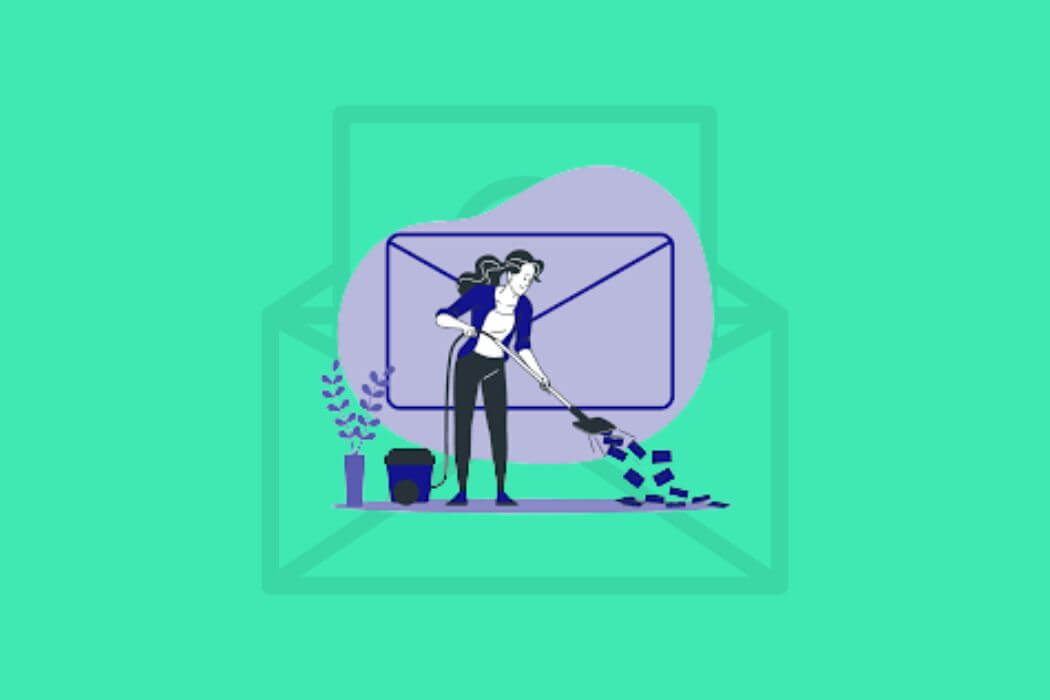Email overload is real. Every day, new messages pile up. But here’s the good news, you can declutter inbox quickly. And it only takes ten minutes.
That’s not a gimmick. With the right steps and focused effort, your inbox can go from chaos to calm. Let’s walk through it.
Set a 10-Minute Timer First
Time limits help you act fast. Start by setting a timer for exactly 10 minutes. No distractions. No deep cleaning. You’re here to reduce noise, not solve everything today.
This time-boxed method helps you avoid burnout while still making real progress.
Bulk Delete the Junk Emails
Start by searching keywords like “unsubscribe,” “no-reply,” or “sale.” You’ll quickly spot unnecessary emails.
Here’s what you can delete without a second thought:
- Newsletters you never read
- Promotional emails older than a month
- Social media notifications and alerts
- Duplicate shipping updates or confirmations
Don’t overthink this part. Deleting five years’ worth of clutter isn’t the goal. Just cut the top layer of noise.
Use the Two-Minute Rule on Quick Emails
Next, scan for emails that can be handled in under two minutes. If something needs a quick reply, forward, or file, it’s a good target.
This helps reduce the mental load fast. You’re training your brain to act, not avoid. Small wins like these build momentum.
Add Simple Filters to Avoid Future Clutter
Now that you’ve cleared a chunk, take one extra minute to stop future messes. Create filters for recurring emails.
For example:
- Send all “receipts” to a labeled folder
- Auto-archive confirmation emails
- Route newsletters to a “Read Later” label
These filters don’t just organize but also they help simplify digital workflow so you spend less time sorting later.
Don’t Let Attachments Slow You Down
Sometimes, large emails or image-heavy messages clog space. You don’t need to open each one.
Instead, preview and sort attachments when needed. If you receive image formats like AVIF and need to view them, using an avif to jpg converter can speed up review.
That way, you’re not stuck with emails just because they have odd file types.
Give What’s Left a Quick Label
Whatever emails remain after deleting and replying, assign light labels:
- “To Do” for action items
- “Waiting On” for follow-ups
- “Archive” for reference only
You’re not building a filing system. You’re making it easier to see what matters next time you open your inbox.
Create a Mini Routine That Works for You
A one-time clean-up helps. But if you want lasting peace, make this a habit. Attach it to something you already do.
For example:
- Morning coffee? Clear 10 emails.
- End of workday? Check starred messages.
- Sunday afternoon? Organize folders for 10 minutes.
Keep it small. Keep it doable.
You can also combine this with other tricks to be more productive like batching, calendar syncing, or voice replies.
Zero Emails Isn’t the Goal But Clarity Is
Zero emails works for some but not for all. What matters is clarity.
If that means leaving 5 emails marked “Follow Up,” that’s fine. You’re still in control.
Decluttering is about reducing mental noise, not hitting an empty screen every day.
Final Thoughts
Decluttering your inbox doesn’t need to feel overwhelming. Ten minutes is all it takes to reset and refresh.
In short, set a timer, clear what you don’t need, and label what you do. Add light filters. Stay consistent. Over time, your inbox becomes a tool not a stress trigger.
This is your space. Clean it your way.
FAQs
Aim for a short clean-up daily. If that’s not possible, schedule 10–15 minutes weekly.
Start small. Focus on deleting the most recent clutter and work backward in short sessions.
Use filters, unsubscribe often, and stick to a regular routine.



